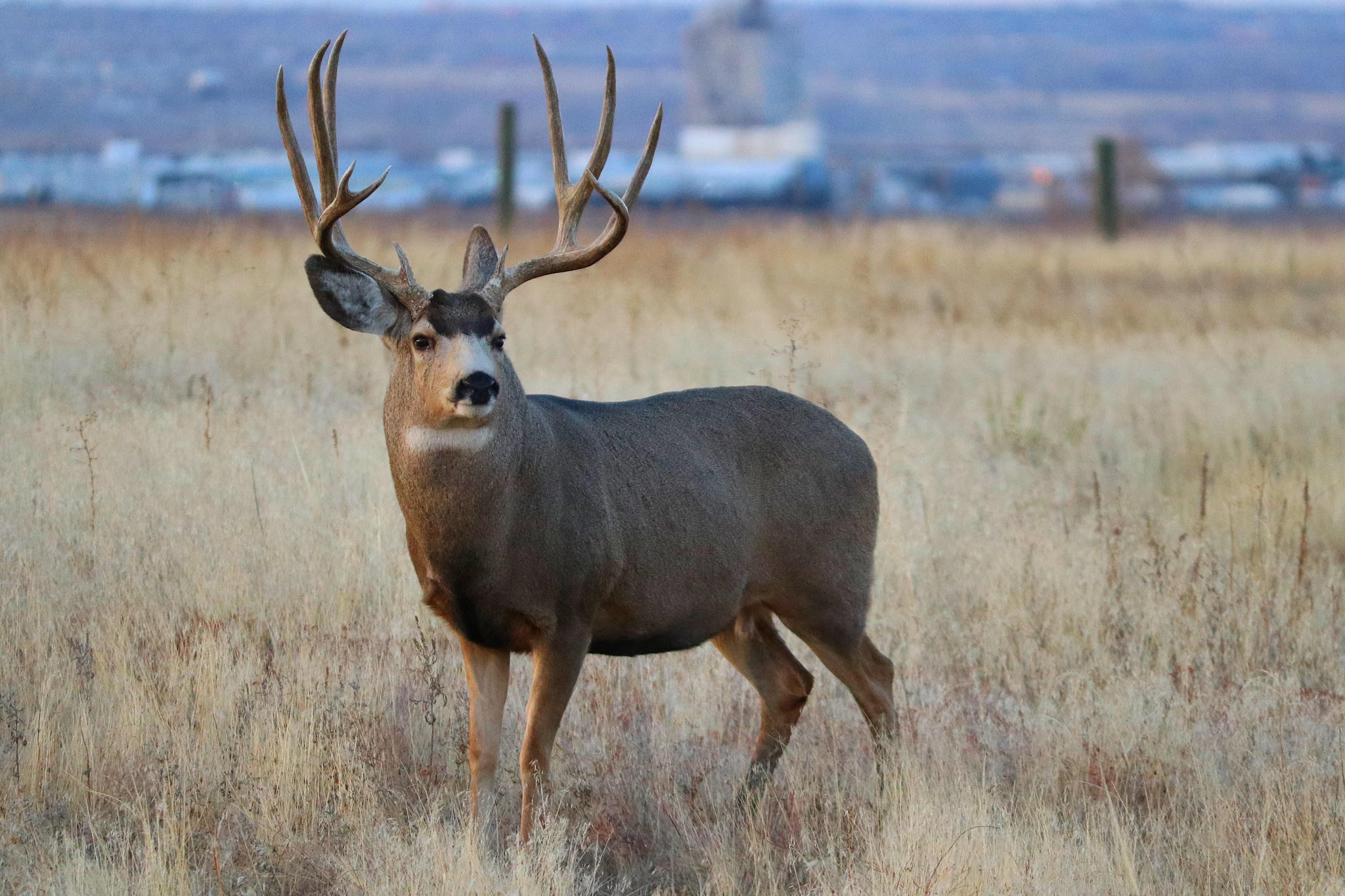
A total of 1.2% of deer tested for chronic wasting disease during the 2024 North Dakota deer-hunting season were positive for the fatal neurologic disease, the North Dakota Game and Fish Department reports on its website.
Of the 1,456 mule deer and white-tailed deer tested, 17 had CWD, of which 15 were hunter-harvested, and 2 were ill deer confirmed through diagnostic examination. Fourteen of the cases were mule deer, and the remainder were white-tailed deer. All cases were from the western part of the state, including two from previously unaffected hunting units 3B2 and 3B3, both located in the western-central region.
Sampling efforts fell short of the 10% goal in units where CWD surveillance was concentrated.
"Sampling efforts fell short of the 10% goal in units where CWD surveillance was concentrated," the department noted.
During the 2023 season, 11 of 2,240 sampled deer (0.5%) had CWD. And in 2022, of 1,968 animals tested, 24 (1.2%) were positive.
Type of transmissible spongiform encephalopathy
CWD, which infects cervids such as deer, moose, and elk, is a type of transmissible spongiform encephalopathy. These illnesses are caused by prions, or infectious misfolded proteins. CWD spreads from animal to animal through direct contact or through environmental contamination. CWD prions can persist for years and withstand heat, radiation, and formaldehyde.
Although no human cases have been reported, health officials urge hunters to have their harvest tested before consumption, especially if it was taken in a CWD-endemic area.











